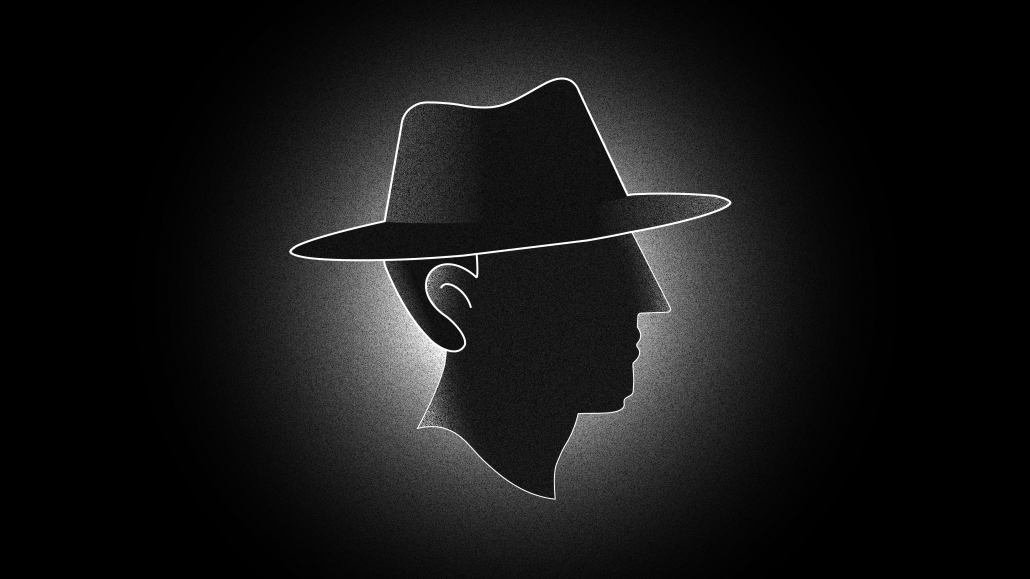‘Fear of saying the wrong thing is eating us alive’: Confessions of an Iranian-American advertiser on the industry’s silence on Iranian women’s rights

This article is part of our Confessions series, in which we trade anonymity for candor to get an unvarnished look at the people, processes and problems inside the industry. More from the series →
The current push for Iranian women’s rights started with Mahsa (Zhina) Amini, a 22-year-old Kurdish-Iranian woman who died while in the custody of Iran’s morality police for wearing her hijab improperly in September, according to reports. Since then, what started as a rumble in protesting her death has erupted, galvanizing Iranian women in what’s being called a women’s revolution.
Iran’s unfolding feminist movement has overshadowed the country’s World Cup performance as Iran’s players reportedly didn’t sing their national anthem nor celebrate their goals. Fans in the stands did the same, standing in solidarity with the protests. Major brands like Gucci and Balenciaga have taken to social media to show their support.
Meanwhile, US-based marketers and advertisers have remained quiet. At least one Iranian-American advertiser is asking the industry to speak out and make good on the diversity, equity and inclusion promises made at the height of the Black Lives Matter movement in 2020.
“I’ve watched every agency step up and speak up about Black Lives Matter, [Asian American and Pacific Islander] hate and feminism,” the advertiser said. “For me, watching a feminist revolution happening in Iran, it’s like: ‘Where is everyone? Why is no one speaking up?’”
In this edition of Digiday’s Confessions series, in which we exchange anonymity for candor, an advertiser at a global ad agency talks about the industry’s silence on Iran’s feminist revolution and how it speaks to Iranian erasure in America.
This interview has been lightly edited for clarity.
Why do you think it’s important that U.S.-based ad agencies speak on Iran’s feminist movement?
We work with the biggest brands in the world, our influence is endless. We work with the brands that dictate culture. And we, as an industry, tout ourselves as culture makers. Right now, we are actively behind culture. Culture is at the point where Iran’s resistance is being bolstered, seen, talked about and supported by brands. Yet, those who allegedly create culture aren’t. They made a choice. Right now, it feels like a choice has been made not to say anything.
It can be a touchy subject. Do you think that’s why advertisers haven’t spoken up?
Iran is complex and the government is very bad. I don’t think anyone is disagreeing with that. People, when they think about Iran, think about the negativity. So they’re scared to speak in solidarity because in doing so, you’re speaking up against, in a way, Iran’s enemies. I’m understanding of why that’s difficult. I’m understanding of why that’s hard. But we’re fighting against that machine. We’re fighting against the Iranian regime, that’s an extremist regime. There’s a lack of understanding and knowledge that’s played into it.
[Taking] it back to June of 2020, fear of saying the wrong thing is eating us alive. It’s a cycle. People want to say something, but won’t say something because, “I don’t want to lose my job.” So, if I don’t say something and nobody says something, then nothing gets said. You’re left to yourself and that’s a scary thing — having no one to talk to about it.
This is a feminist revolution. It’s complex, of course. It’s just women wanting equality. That’s the baseline of what’s happening in Iran. It shouldn’t be hard for anyone to stand in solidarity with them. It should be easy for all of us, particularly in the West, who embrace feminism, to be able to stand up and [support women].
What do you think is the difference between advertisers speaking up for the war in Ukraine vs. what’s happening in Iran?
Because it’s a war. There’s a clear enemy in Putin. There’s an ability for industries to speak up against it. Whereas, in this example in Iran, it’s extremism. We’re fighting against extremist Muslim-Islamic rule and that can be challenging. I don’t want to minimize that challenge. The singular enemy of Vladimir Putin is a lot easier to rally [against] than extremist Islam.
How would you like to see advertisers and brands use their voice?
Right now, it’s about educating, it is about understanding that the Iranian people don’t have the reach that they need to get the message to the world, and brands do. Brands right now do have the power and do have the opportunity. We need to see it as an opportunity in the way that we have historically other DE&I initiatives. There’s an opportunity now to stand up for feminism in a new way. That part is getting lost. That’s an opportunity that people need to embrace. In doing so, it opens the door for people like me to feel more welcome to the space, and for people who otherwise might not have seen themselves in the industry can say, “Oh, there’s support here. There’s a place here for me. If I go there, I’m not going to be seen as other in a negative way.”
More in Marketing

New partnerships, marketing fuel BNPL’s holiday surge
This holiday season, more brands deployed BNPL services with different payment options beyond the more familiar “pay-in-four” structure.

Pitch deck: How Amazon is recasting Twitch as a core part of its CTV pitch
Amazon is positioning Twitch as a defining asset in its CTV ambitions.

Netflix transforms former mall department stores into experiential venues
The location in Dallas opens this week, and one at the King of Prussia mall near Philadelphia opened last month.





